Spathiphyllum "Sensation": characteristics of the variety and features of its cultivation
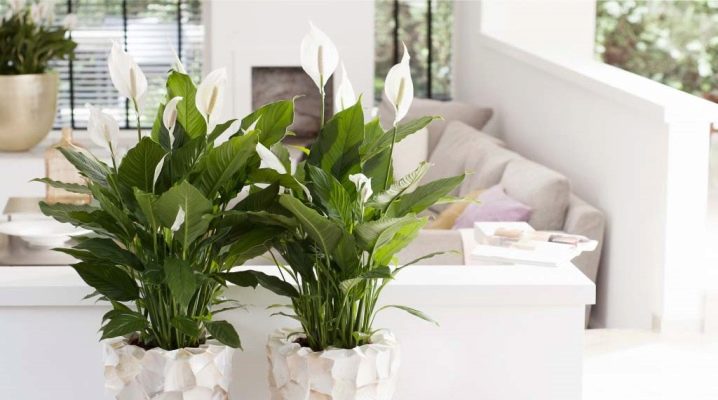
Spathiphyllum belong to the numerous aroid family and have a fairly wide habitat. They are often found in the rainforests of America and Asia. This genus belongs to perennial plants with lanceolate leaves. Spathiphyllum is quite popular among flower growers. its unpretentiousness and beautiful decorative leaves. Especially stands out from this type of variety "Sensation", which has huge leaf plates.
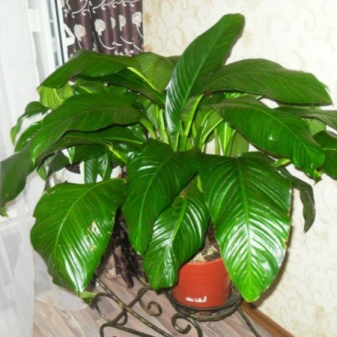
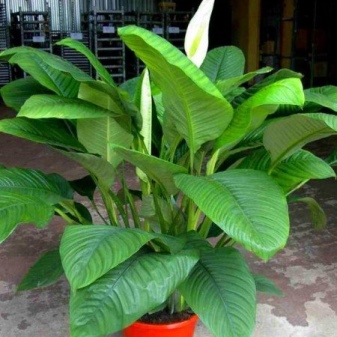
What is it?
Spathiphyllum "Sensation" was developed by Dutch breeders specifically for rooms with low lighting. The plant belongs to tall bushes and has large leaf plates. The Senseishen variety can reach a height of one and a half meters, its leaves have an average length of about half a meter, although sometimes there are specimens with foliage reaching 80 cm. The width of the leaf plates varies from 30 to 40 cm, they have a rich green color and a well-defined ribbing.
During flowering, a large open white petal appears on a long peduncle, framing a yellowish cob.
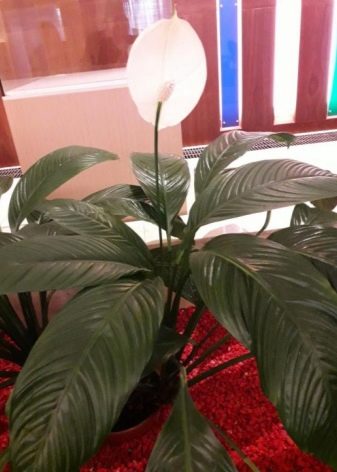
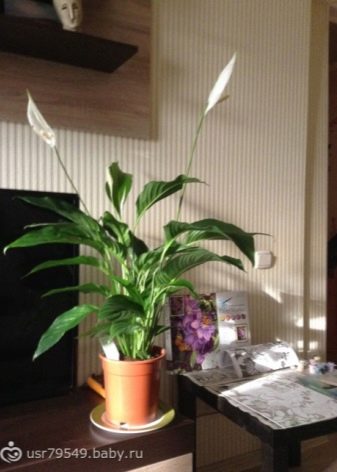
As it matures, the flower takes on a green tint. The flowering period lasts from mid-spring to early autumn. With good care, the plant can bloom twice (also in winter).
"Sensation" refers to variegated varieties and can have white and yellow streaks on green leaf plates.
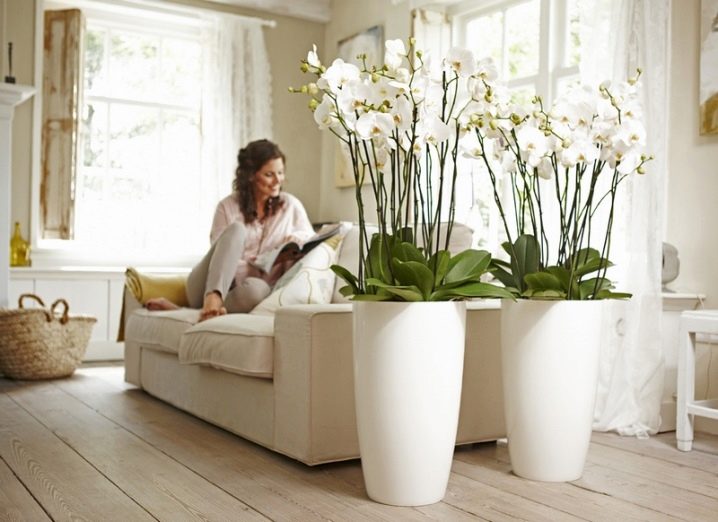
The subtleties of growing
Although the flower belongs to an especially unpretentious plant, it needs to be provided with some care at home. Due to the large area of the Sensation sheets, a little diffused light is needed. She feels good on northern windowsills and in rooms with exclusively artificial lighting. But bright diffused light contributes to good flowering and rich color of the bracts.
The flower is thermophilic, so the room temperature must be maintained at + 18-26 degrees. In winter, it can be +16 degrees, but not lower. In summer, the plant needs additional moisture. "Sensations", like all spathiphyllums, need humid air, at low humidity it will grow poorly.
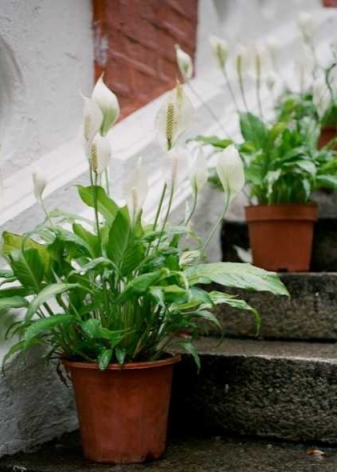
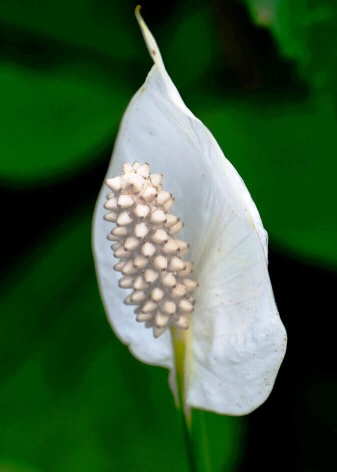
Need a flower and systematic spraying, as well as washing the leaf plates.
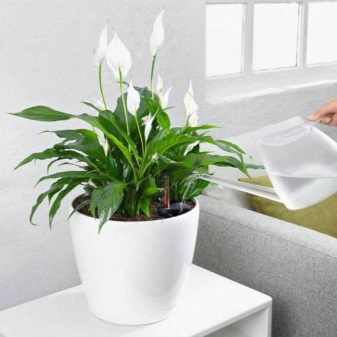
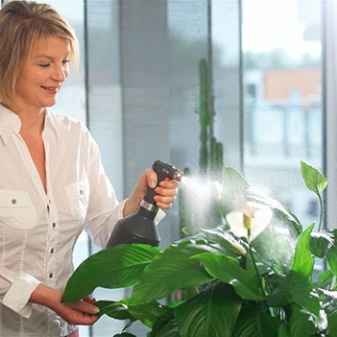
Such procedures contribute to their proper development and greatly improve the appearance of the plant. In the summer, you can absolutely safely take the plant out into the fresh air: on a balcony, terrace or garden. But you need to choose a shaded place and make sure that direct sunlight does not fall on it.
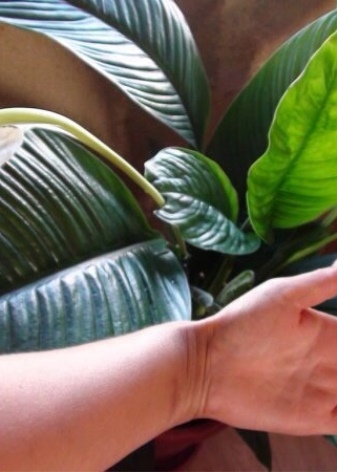
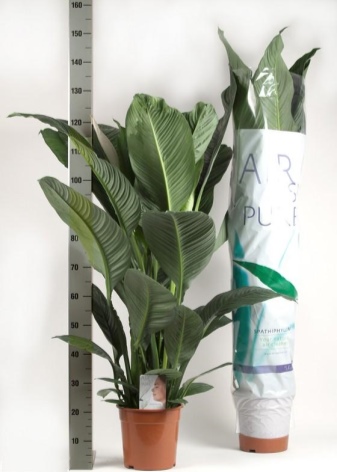
Watering and soil requirements
In order to avoid waterlogging of the soil, there must be a good drainage layer in the pot. Water the plant with soft, settled water. In a warm season, "Sensation" should be moistened abundantly, and with a decrease in temperature, watering should be reduced and applied after the top layer of the substrate has dried. The main criterion for choosing a good soil for spathiphyllum is that it must be of good permeability, that is, it must be perfectly permeable to both water and air. For planting such plants, a purchased substrate for aroids is optimal.
You can try to prepare the soil for spathiphyllum yourself. This should include:
- 4 parts of garden soil;
- 2 parts of humus;
- 2 parts of peat;
- 1 part coarse sand.
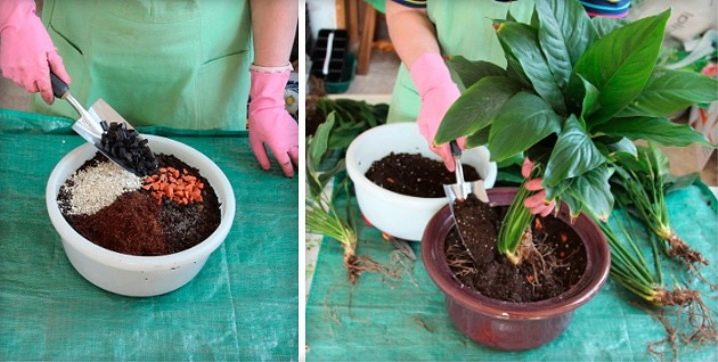
Transplant and fertilization
A young plant needs an annual transplant, which is performed in the spring, before the onset of the growing season. The first transplant should be carried out 2-3 weeks after the "Sensation" has appeared in the house. You should not do this right away, you need to wait until the flower adapts a little to the new environment. Plants that have reached the age of four are transplanted every three years, and mature flowers of impressive size are better, in general, not to touch, so as not to damage either the plant itself or its root system... Only the upper layer of the substrate is renewed with it.
"Senseishen" is transplanted by the transshipment method, that is, simultaneously with the earthen lump. The pot for the upcoming planting needs to be taken 3-4 cm larger than the previous one. The plant is fed once every two weeks, during periods of active life. During dormancy, which lasts from September to February, the plant is not fertilized.
For feeding, use complex fertilizers in liquid form, use half of the recommended dose per application. If the flower is outdoors, it can be watered with diluted mullein or bird droppings.
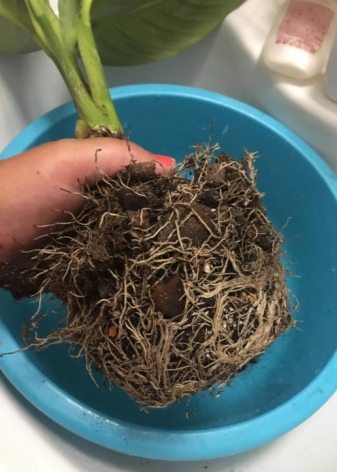

How to reproduce correctly?
This ornamental tropical plant is bred in a number of ways:
- division;
- cuttings;
- seeds.
The first method is fairly easy to use and gives very good results. The baby is carefully separated from the mother plant and planted in a new container. When using this planting option, you need to carefully separate the bush so as not to damage the roots, otherwise the plant will hurt.
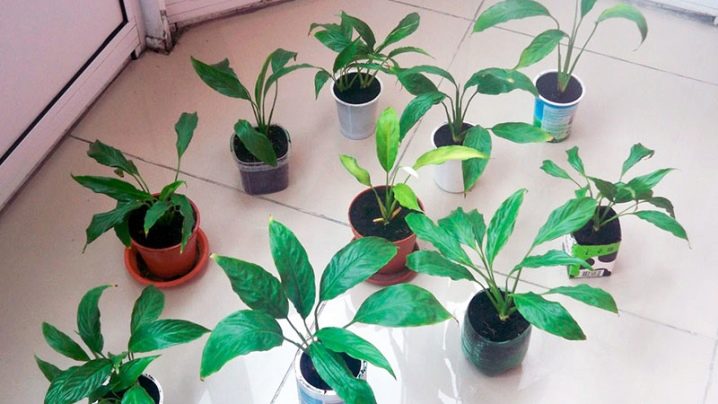
For the second method, prepared cuttings with two buds are used. They are cut only from a healthy, without any damage to the stem. The cut parts are necessarily processed with crushed charcoal. The cuttings are planted in a container with peat or wet sand and covered with foil to create a greenhouse effect. The shoots are placed in a warm, not too lit place.
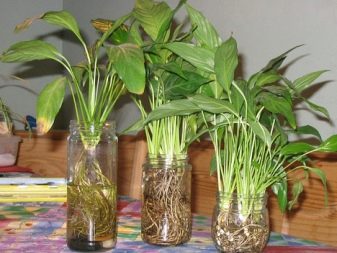
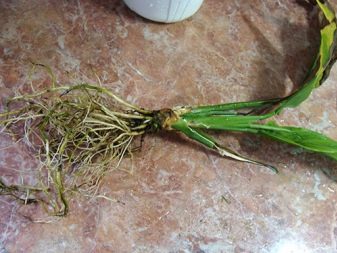
After 2-4 weeks, roots begin to appear. After that, you can open the seedlings for a few minutes every day. When the sprouts get a little stronger, they are transplanted to a permanent place of growth.
Seeds, as a method of reproduction of spathiphyllum, are used mainly by breeders, because artificial pollination is necessary for it. To keep the seeds susceptible to rapid growth, they are sown in a container immediately after collection. Seedlings are planted in peat, well moistened and covered with a film. From time to time, the shelter is removed.
When the sprouts grow a little, they are planted in containers and again tightened with a film, periodically opening them.
Only the film is removed from the finally strengthened seedlings. Subsequent care is carried out in the same way as for an adult flower.
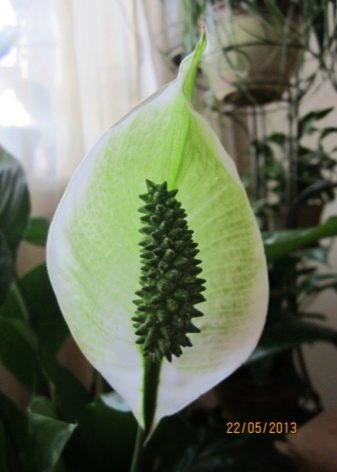

Possible problems and diseases
It happens that, despite all efforts, "Sensation" does not bloom. There may be several reasons for this:
- improper hydration;
- too high humidity in the room;
- unsuitable pot;
- improper lighting.
By eliminating these factors and creating the right conditions for the plant, flowers can be expected to appear.
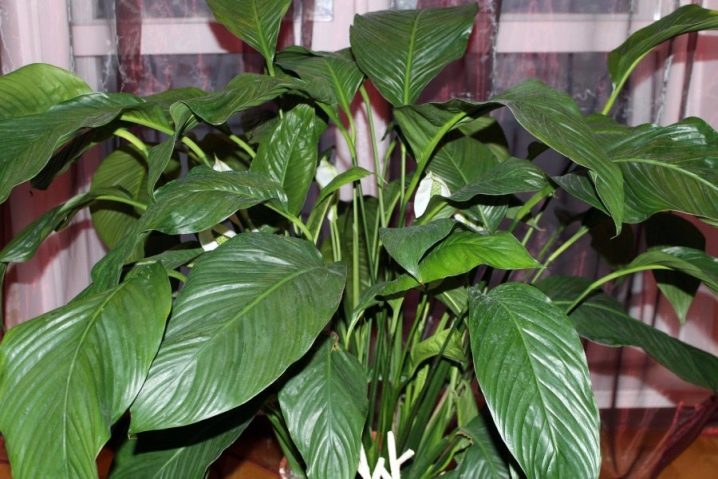
The most common problems with spathiphyllum include:
- yellowing of leaf plates - may be the result of improper care;
- drying out of leaves due to lack of moisture;
- leaves can become black due to dry air, excessive watering or a lack of fertilizers;
- the formation of yellowish-brown spots is due to excess moisture, and brown ones indicate excessive fertilization.
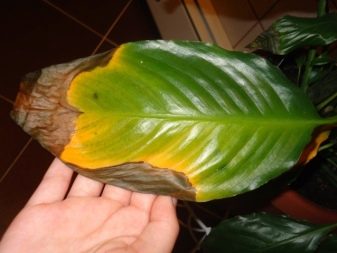

Spathiphyllum can be damaged by some types of pests.
- Aphids and scale insects quite often house plants are affected. They fight them with a saturated soap solution, which is used to wash the sheet plates. During such a procedure, the soil in the pot should be covered with a film.After washing, the plant is rinsed in the shower. Such actions must be repeated several times with an interval of 2-3 days.
- Thrips infestation can happen through an open window. If white spots appear on the leaves, the back of the leaf plate is treated with insecticides.
- Spider mite covers the back of the leaves with cobwebs. Appears in dry indoor air. The infected plant is washed under the shower and treated with insecticidal preparations.

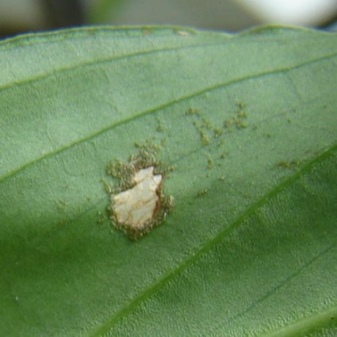
Spathiphyllum "Sensation" attracted flower growers primarily for its decorative properties and comparative unpretentious care.
This spectacular plant not only serves as an interior decoration, but is also able to relieve emotional stress.
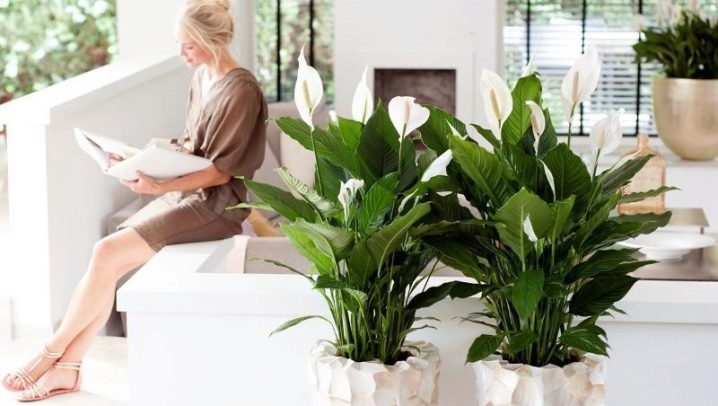
See below for more details.



























The comment was sent successfully.